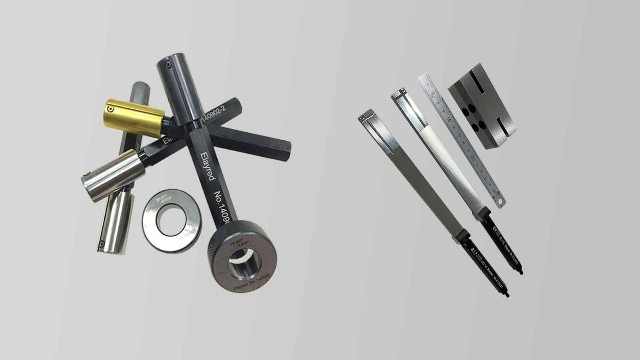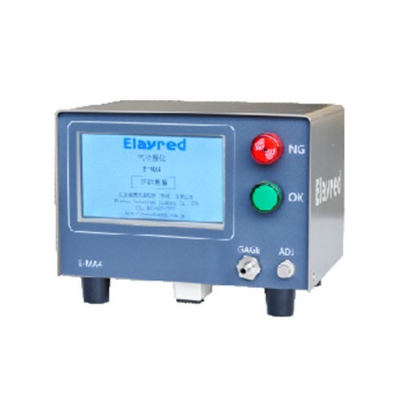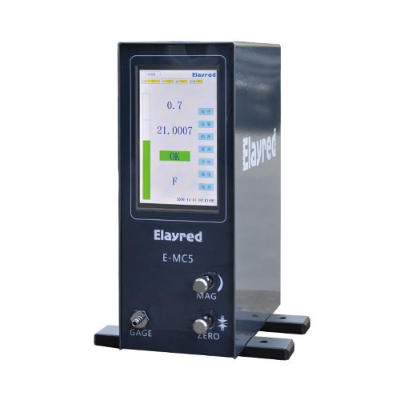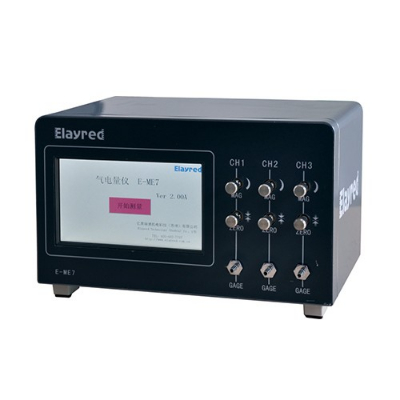Plug gauge is a commonly used small size tolerance detection tool, although plug gauge detection is a common method, but there are many defects:
(1The plug gauge is expensive to produce
According to the data analysis of the industry, only the tolerance of the plug gauge is greater than0.003mmWhen the plug gauge can be guaranteed95%The above product pass rate; When less than0.0015mmWhen only guaranteed33%The pass rate of; When less than0.0025mmAnd greater than0.0015mmWhen only guaranteed67%The pass rate of. The general plug gauge design tolerance range is very small, usually±0.001mm, or0~0.002mm, insufficient0.003mmIf you want to ensure the product pass rate, you must reprocess the plug gauge, which will increase the production cost of the plug gauge and reduce the cost performance of the detection effect.
(2The plug gauge is expensive to use
The difference between the lower difference of the pass end and the wear limit is the wear amount. The smaller the wear amount, the shorter the service life of the plug gauge.
(3The plug gauge is difficult to measure
Because the design tolerance range is too small, about0.014mmAround, the processing is difficult, the accurate value can not be read, the measurement and testing can not be guaranteed, and the acceptance rate is low.
(4The plug gauge is difficult to process
Because the plug gauge eats a part of the tolerance required by the product, the product is compressed into the middle difference of the required size of the product diagram during processing, and the processing requirements are correspondingly increased.


Model:E-MA4; Measuring range:±25μm,±50μm; Resolution:0.1/0.2/0.5/1.0; Total error:2%; Number of channels:Single; Measuring function:MXMNMNIAN-AMIN2

Model:E-MC5; Measuring range:±25μm,±50μm; Resolution:0.1/0.2/0.5/1.0; Total error:≤0.3μm; Number of channels:Single; Measuring function:MXMNMNIAN-AMIN2

Display screen:7Inch; A/E:EA-2; Accuracy:≤0.3μm Resolution:0.1/0.2/0.5/1.0 Unit:μm/mm/inch